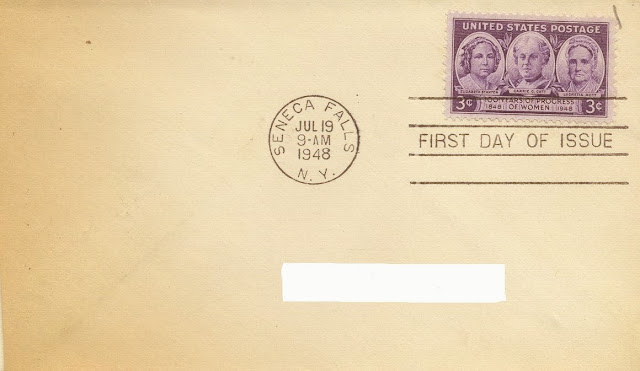The stamps on this FDC were issued by Norway on 20.4.1998 to promote tourism. They chose these three sites for the stamp
issue, namely, The Holmenkollen ski jump
in Oslo, Ålesund is a town and municipality in Møre og Romsdal county
and the mountain Hamarøyskaftet. A short brief about the three will not be out
of place. The places I am telling you about are shown on the map on the cover.
The Holmenkollen ski jump is a landmark in
Oslo. This is the hill that was demolished in 2008 to make way for a new one in
2010. Holmenkollen is a neighborhood in the Vestre Aker borough of Oslo, Norway.
In addition to being a residential area, the area has been a ski recreation
area since the late 19th century, with its famous, eponymous, ski jumping hill, the Holmenkollbakken, hosting competitions since 1892. To the north, the area
borders to the woodlands area Marka.
The town of Ålesund is the administrative centre of Ålesund Municipality, as well as the principal shipping town of
the Sunnmøre district. Ålesund Municipality has a population of 45,033 as of
2013, while the greater Ålesund urban area has a population of 48,460 (this
also includes most of neighbouring Sula Municipality as well).
Ålesund has the most important fishing harbour in
Norway. The town's fishing fleet is one of the most modern in Europe. Ålesund
and surroundings also has a large furniture industry. Some well-known household
items are manufactured here. In the 1950s and 1960s, Ålesund was one of the
chief stations of the herring fishery
business.
Hamarøy is a municipality in Nordland county, Norway. It is part of the traditional district of Salten. The administrative centre of the
municipality is the village of Oppeid. Other
villages include Innhavet, Karlsøy, Presteid, Skutvika, Tømmerneset, Tranøy, and Ulvsvåg.
The mountain Hamarøyskaftet has long been regarded as
nature's own phallic symbol. Hamarøyskaftet (locally known as the "handle") is one of the mountains that
make up Hamarøytindan in Hamarøy municipality in Nordland .
The mountain is 512 m. and is located approximately
in the middle of mountain range, approx. 5.3 km southwest of Hamsund and 7.5
miles northeast of Skutvik , and is a distinctive
landmark with its almost vertical sides and "swaying" in the back. To the northeast lies Shaft
heath against Eldridtinden, and in the southwest Sandheia against
Vassengfjellet.
The walk up is described as a
simple climb that most can do, but it is recommended that one should have a
guide while on the trail. Mountaineer Martin Ekroll from Skrova was the first to climb
Hamarøyskaftet in 1885 .
The stamp with a value of NOK
5.50 of Hamarøyskafet photographed by Johan Brun was named as the year's most beautiful postage stamp.
Thank you Pia for this
pretty FDC.


.jpg)






















